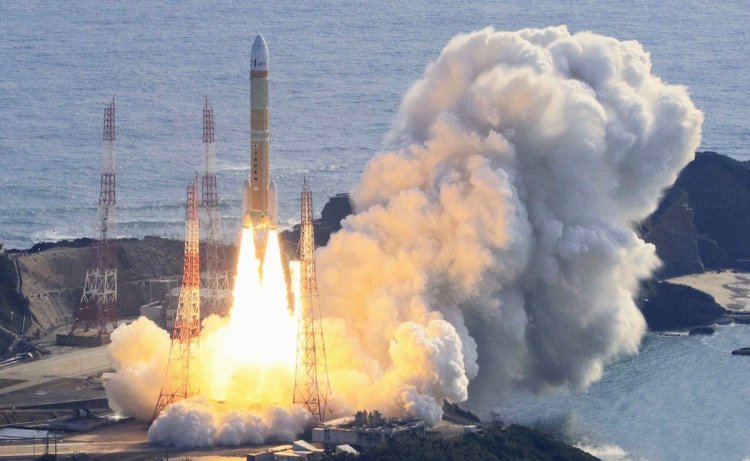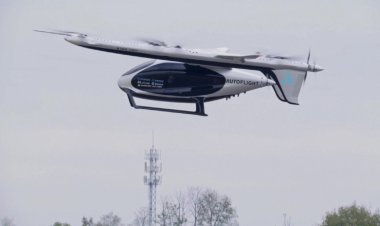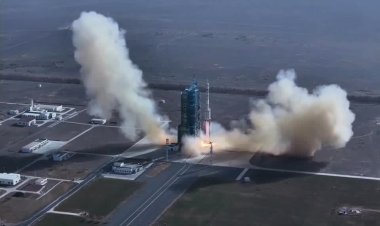Japan's H3 Rocket Succeeds

Japan has successfully launched its next-generation rocket into orbit, the country’s space agency has announced, after two failed attempts cast a pall over Tokyo’s space ambitions.
The H3 had a “successful liftoff” and entered its planned orbit carrying a dummy satellite and two functioning microsatellites, the Japan Aerospace Exploration Agency (JAXA) said in a live broadcast.
Employees at the JAXA command center cheered and hugged each other during the broadcast as the rocket reached its trajectory and released its first payload.
The H3’s microsatellites are expected to assist with disaster prevention efforts and monitor the operation conditions of factories.
JAXA is scheduled to hold a press conference on the launch later.
The H3, billed as Japan’s flexible and cost-effective flagship rocket, was designed to replace the H-IIA, which has been in service since 2001.
The H3, which was developed with Mitsubishi Heavy Industries, is designed to carry a 6.5 metric tonne payload into space for as little as $33m per launch, about half the cost of its predecessor.
JAXA hopes that the H3’s lower costs and greater payload capacity will attract global clients for missions, such as delivering supplies to the International Space Station and supporting the US-led Artemis moon exploration programme.
The H3’s successful launch follows back-to-back failures last year, including a botched launch in March that ended with ground control utilizing the rocket’s self-destruct function shortly after blast-off after the second-stage engine failed to ignite.
JAXA identified three possible electrical faults in a subsequent review of the launch, but could not determine the direct cause of the failure, which caused significant delays to its space plans.
Japan last month successfully landed its unmanned probe SLIM on the moon, becoming the fifth country to place a craft on the lunar surface.















